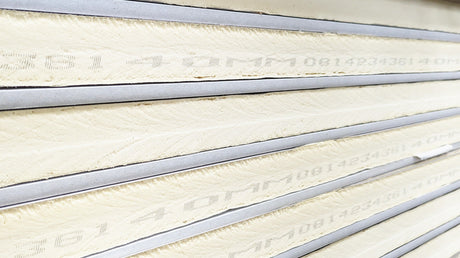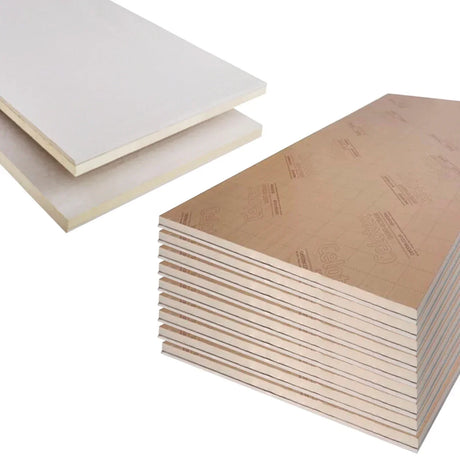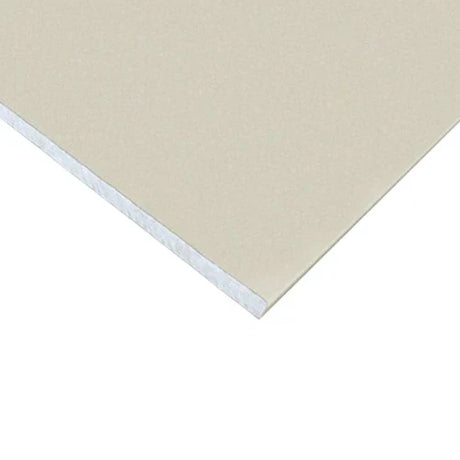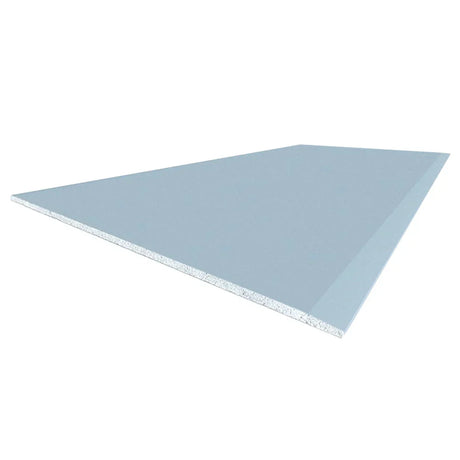Successful installation of MDF skirting boards and architraves requires appropriate tools ensuring precise cuts, secure fixing, and professional finishing. Understanding essential equipment requirements helps ensure efficient installation while achieving professional-quality results even for DIY practitioners.
The foundation of quality MDF installation begins with appropriate cutting equipment. A mitre saw (also called a chop saw) represents the gold standard for accurate angle cuts essential for professional-looking joints. Models from respected manufacturers such as DeWalt, Makita, and Evolution provide excellent precision with adjustable angles for perfect mitres and scribes. Entry-level models starting from £100-150 offer good performance for occasional use, while professional-grade options (£200-350) provide enhanced accuracy and durability for multiple projects. The mitre saw's primary advantage lies in its ability to create perfectly square cuts and precise 45° mitres essential for corner joints without the variation potentially occurring with manual cutting alternatives despite careful measurement and marking.
For those working with limited budgets or restricted space, a quality mitre box with a fine-toothed handsaw provides an economical alternative. Products from manufacturers like Stanley or Draper (£15-30) offer adequate precision for smaller projects when used with care and attention. While requiring more physical effort and potentially offering less absolute precision than powered alternatives, these manual options remain entirely viable for straightforward installations without complex angles or extensive cutting requirements. The key to success with manual cutting lies in careful measurement, precise marking, and patient sawing technique rather than rushing cuts potentially creating gaps requiring excessive filling regardless of the measuring accuracy preceding rushed cutting execution.
Measuring and marking tools create the essential foundation for accurate cutting regardless of the specific cutting equipment employed. A quality tape measure (preferably 5m or longer) provides basic dimensional reference, while a combination square ensures accurate right-angle marking essential for proper alignment. A sharp pencil rather than marker pens offers precise, thin reference lines minimising visual confusion during cutting, while a marking knife creates even more accurate reference for critical cuts where absolute precision determines overall installation quality. This measuring kit represents modest investment (approximately £30-40 for quality tools) offering substantial value through enhanced accuracy potentially eliminating costly material waste from incorrect cuts requiring replacement pieces beyond simple measurement error correction.
Effective fixing requires appropriate tools matching the specific installation method selected. For nail fixing, a quality brad nailer from manufacturers like Paslode, Makita or DeWalt dramatically improves efficiency while enhancing finish quality by eliminating hammer marks potentially damaging MDF surfaces. While representing significant investment (£150-300 plus consumables), these tools prove particularly valuable for larger installations where the time efficiency and enhanced finish quality justify the equipment cost. Budget-conscious installations can utilise a pin hammer (200-250g) with nail punches for countersinking nail heads below the surface without damaging surrounding material, though requiring significantly more time and physical effort for equivalent results compared to pneumatic or battery-powered alternatives.
For adhesive fixing methods, essential tools include a quality caulking gun accommodating standard 310ml adhesive cartridges. Models from manufacturers like Everbuild, Sika or Bostik (£5-25) provide smooth operation ensuring consistent adhesive application without spluttering potentially creating excess material requiring cleanup. Complementary equipment includes appropriate spreading tools (typically plastic scrapers or spatulas) distributing adhesive evenly across larger contact areas rather than relying on narrow beads potentially providing inadequate bonding despite sufficient total adhesive volume applied in concentrated rather than distributed patterns across the bonding surface.
Surface preparation tools ensure proper installation foundation beyond cutting and fixing considerations. A stud finder (£10-30) locates secure fixing points within wall structures, while a spirit level (preferably 600mm or longer) ensures perfect horizontal and vertical alignment during installation. For uneven walls requiring accommodation, a pencil compass or contour gauge (£5-15) transfers irregular wall profiles to skirting material ensuring accurate scribing for flush fitting against uneven surfaces. These preparation tools prevent the frustration of attempting installation without adequate understanding of underlying wall conditions potentially undermining fixing security or creating unsightly gaps between skirting and irregular wall surfaces despite perfectly cut skirting material unsuitably matched to specific wall conditions.
Finishing equipment transforms basic installation into professional-quality results. Quality sandpaper in various grits (typically 120, 180 and 240) smooths cut edges and prepares surfaces for painting, while sanding blocks provide flat reference ensuring even material removal without creating depressions potentially visible after painting. For joint filling, decorators' caulk and appropriate application tools (caulking gun and smoothing tools) create seamless transitions between adjacent pieces and wall junctions. Small filling knives (25-50mm) apply wood filler to nail holes or minor gaps with precision impossible with larger tools potentially creating excess material requiring additional sanding beyond simple hole filling operations creating unnecessary additional work despite adequate initial filling intention.
Safety equipment demands equal consideration alongside functional tools. Safety glasses protect against MDF dust particularly hazardous due to its fine particle size and binding resins, while a dust mask (minimum FFP2 rating) prevents inhalation of these potentially harmful particles. Knee pads provide essential comfort during floor-level installation, while work gloves protect hands during material handling without compromising dexterity required for precise positioning and fixing operations. This safety equipment represents modest investment (approximately £30-50 for quality items) delivering substantial value through enhanced working comfort and critical health protection particularly important when working with manufactured wood products potentially creating more hazardous dust than natural timber despite similar appearance and application methods.
For complex installations, several specialist tools provide significant advantages justifying their investment. A laser level ensures perfect horizontal alignment across longer runs impossible to verify with standard spirit levels, while a digital angle finder provides precise measurement for irregular corners deviating from standard 90° intersections. Oscillating multi-tools offer invaluable assistance for scribing around existing architectural features, pipe penetrations, or irregular floor profiles without removing skirting for adjustment potentially damaging carefully measured and cut pieces. While representing additional investment beyond basic installation requirements, these specialist tools deliver substantial value for complex projects where their precision capabilities prevent frustrating fit problems potentially undermining overall installation quality despite careful preparation using more basic equipment inadequate for specific complex installation challenges.
At DIY Building Supplies, we offer comprehensive tool selection alongside our quality MDF skirting and architrave products, ensuring customers access appropriate equipment matching their specific installation requirements and budget constraints. Our experienced team provides practical advice on essential tools for your particular project scale and complexity, helping identify appropriate investment balancing cost considerations against installation efficiency and finish quality appropriate to specific project requirements.
